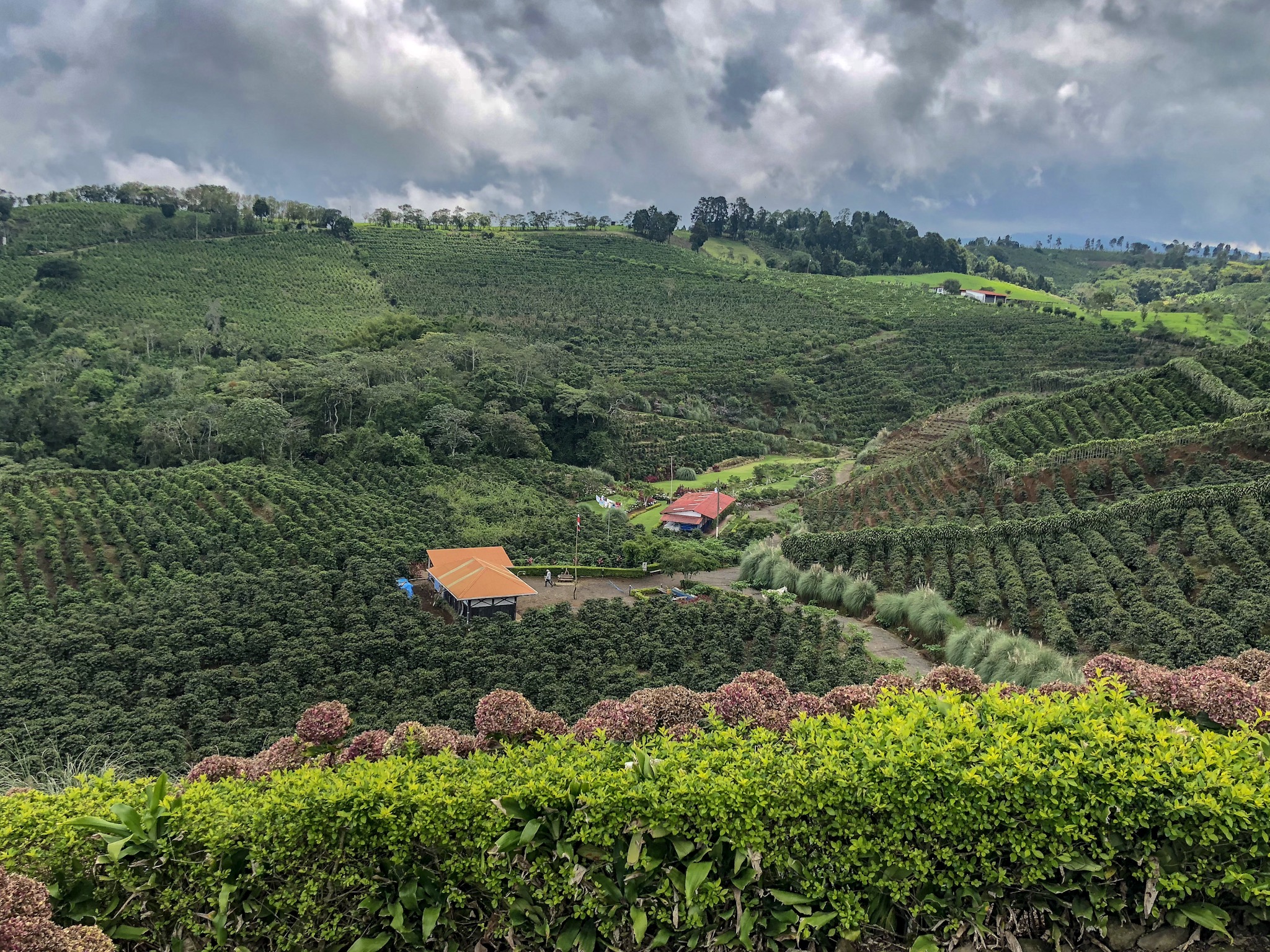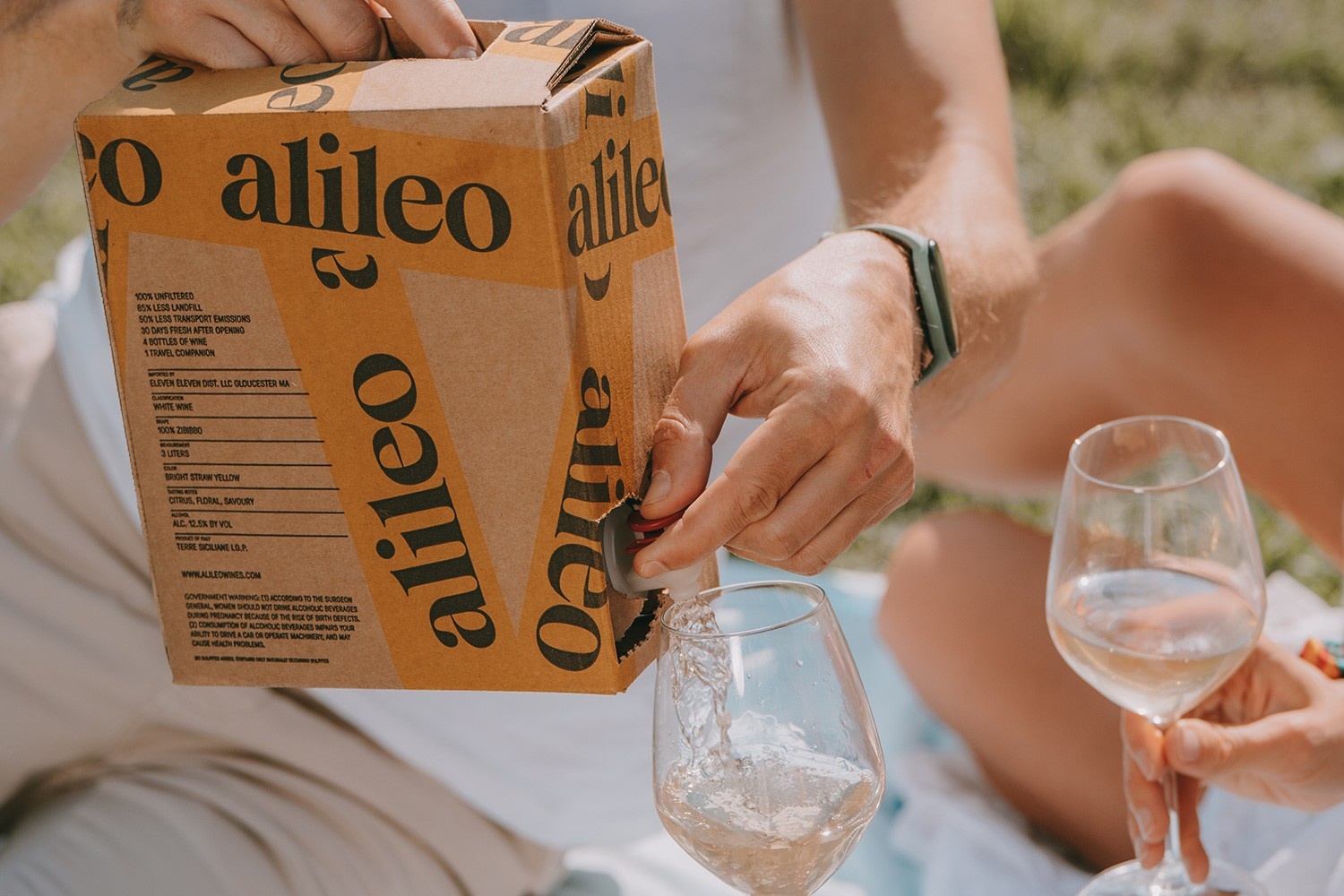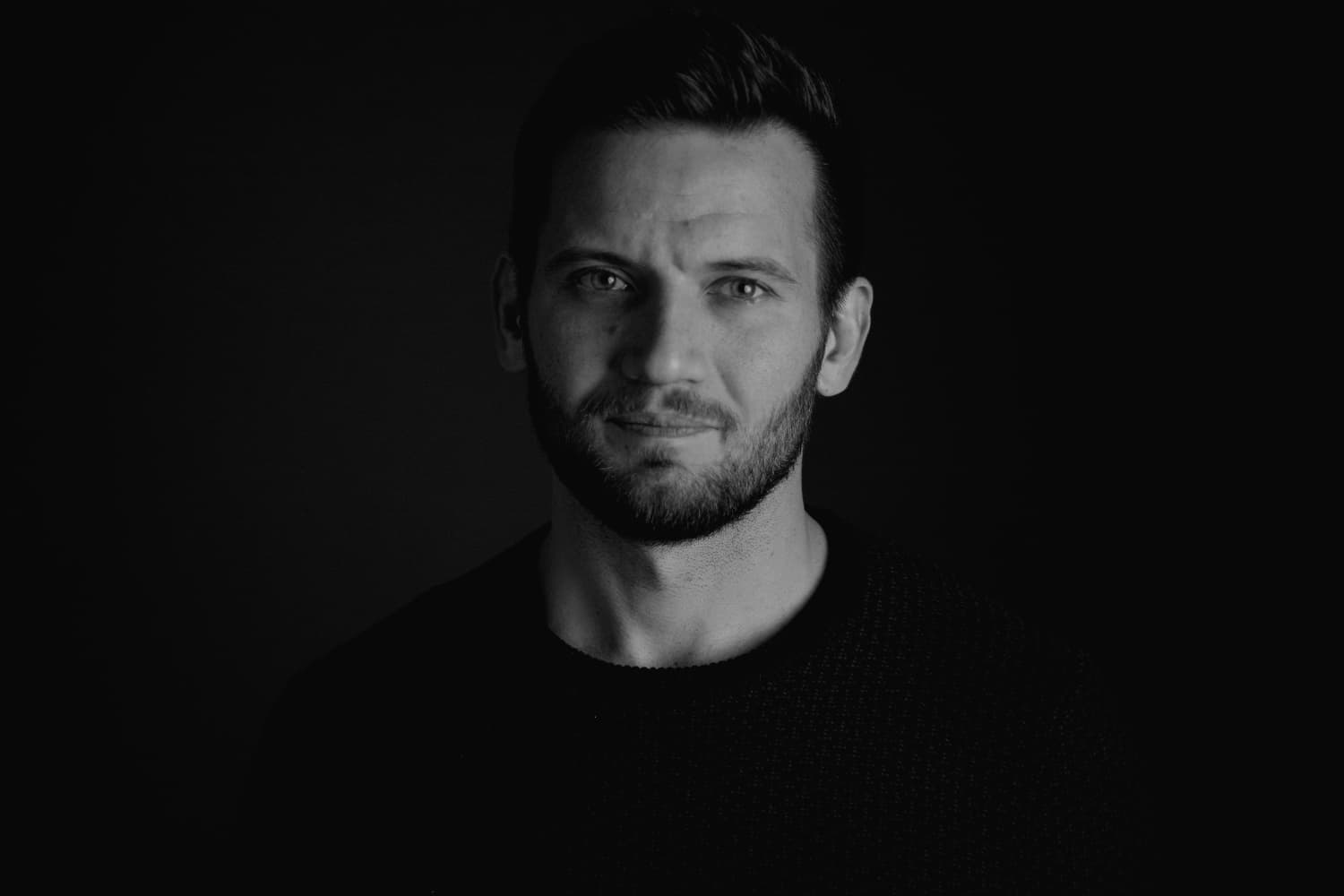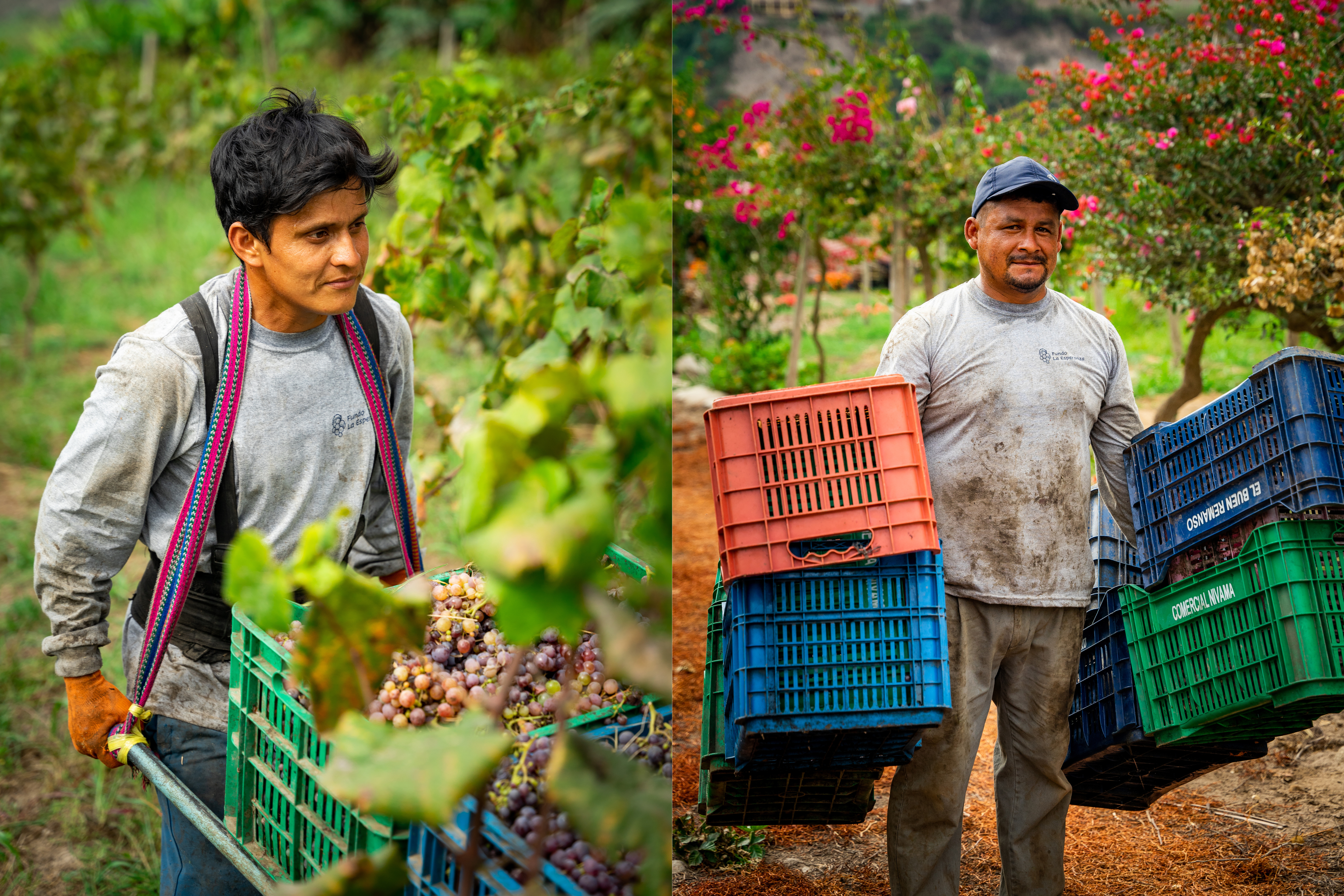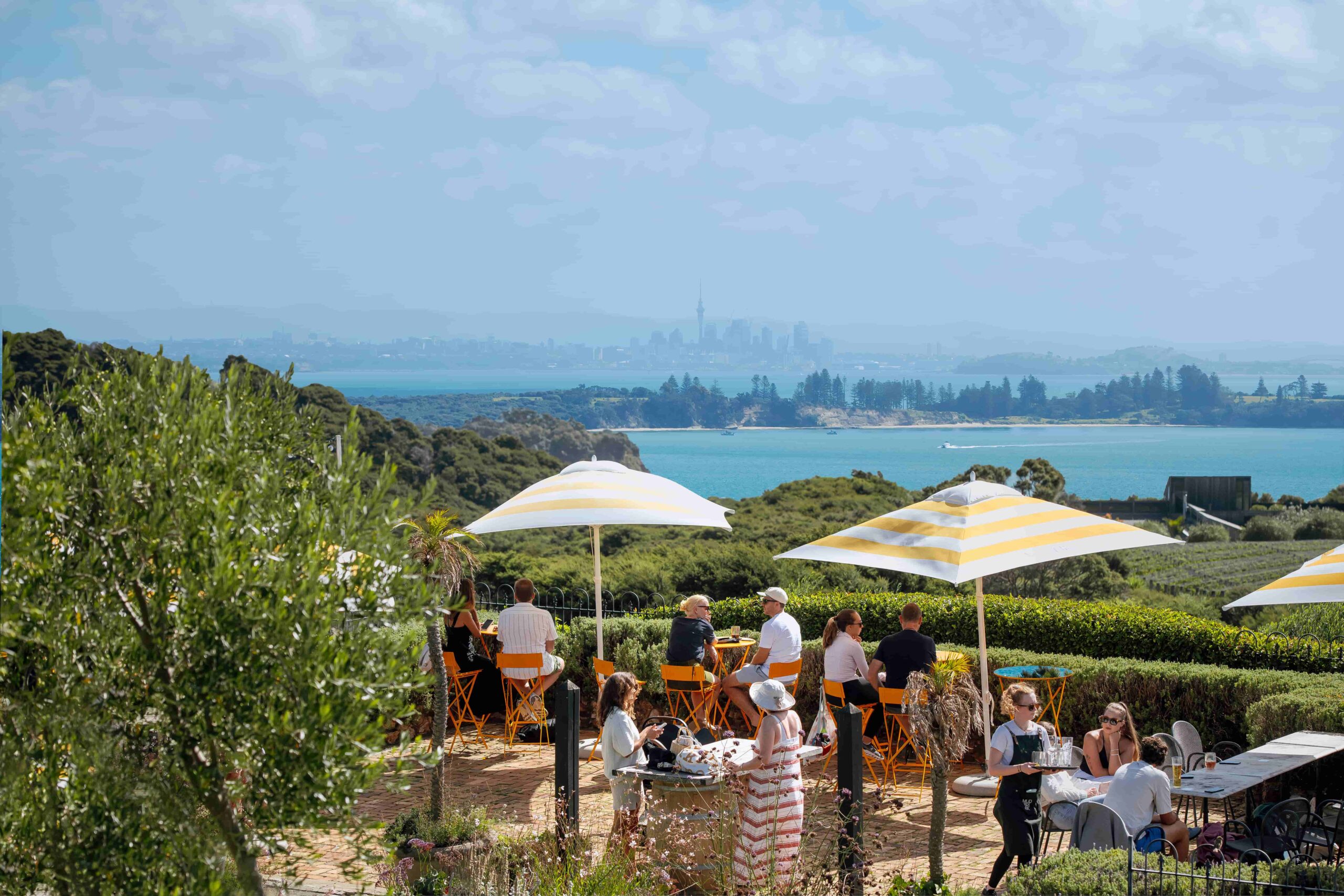“New coffee varieties prove more vigorous in the face of weather extremes and diseases. To save the industry, they must also be economically viable for farmers while tasting delicious to consumers.”
Forget 2050.
Climate change has arrived, and its effects are rippling through the coffee industry now. Despite the bounty of colorful bags touting Honduras and Kenya sold on Whole Foods and Trader Joe’s shelves, the abundance will end. Coffee varieties will disappear. New ones may take their place, but for better or worse, the coffee landscape is poised for a seachange that threatens the livelihoods of millions.
To wit, coffee prices have already risen. Poor growing conditions in key countries and increased demand worldwide have driven prices higher, states new research in a brief from CoBank’s Knowledge Exchange.
Prices of U.S. imported coffee shot up 65% between 2021 and 2023 and have remained volatile well into 2024. Challenging conditions in the world’s largest coffee-producing countries of Colombia, Brazil, and Vietnam, have contributed to price increases, while conditions show little evidence of abating.
Meanwhile, global coffee demand has exploded, mainly due to China. In 2023, the number of coffee shops in China grew 58% to 50,000, overtaking the U.S. as the world leader in branded coffee shops.
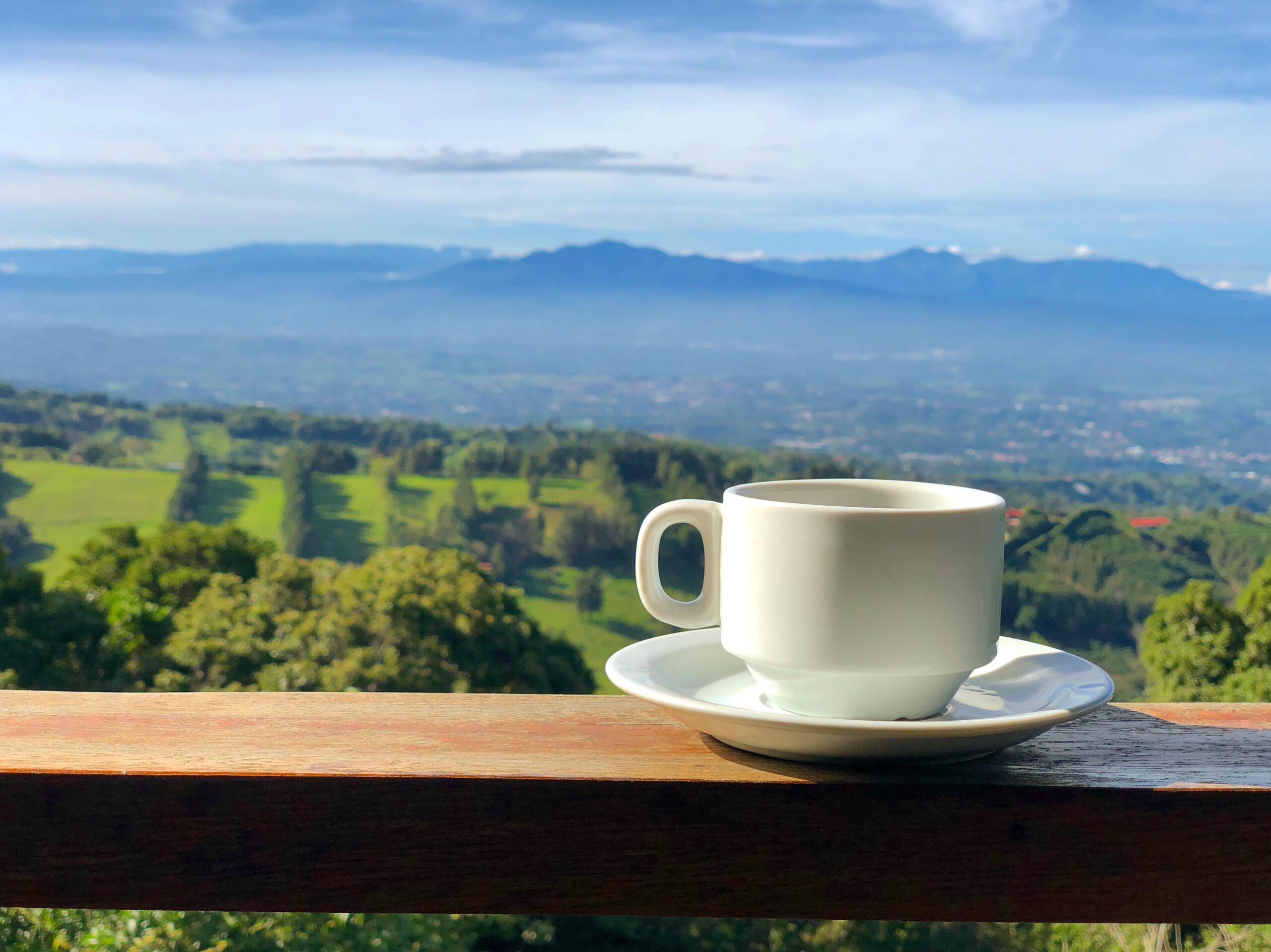
Coffee in Costa Rica. Courtesy of Lauren Mowery.
How Wild Weather Hurts Small Farmers
Climate change threatens the coffee industry with a veritable list of end times plagues: heat, drought, floods, pests, and disease. “Natural disasters in coffee communities aren’t necessarily related to coffee production, but they’re disturbing the communities through landslides, earthquakes, and heavy rains, such as the disaster currently befalling Kenya,” says Katie Carguilo, Coffee Manager for B-Corp Certified and sustainable American coffee company Counter Culture.
Thirty-year industry veteran roaster George Howell of Massachusetts likens climate change to a spinning top. “The unpredictability is creating turbulence,” he says. “Imagine the disruption caused by sudden heavy storms or dry spells during the rainy season.”
Droughts, frost, and fires in Brazil, as well as a significant frost event in Honduras, have damaged as much as one-fifth of Arabica coffee production, and below-average rainfall continues to hamper progress.
Vietnam experienced severe weather. A prolonged heat wave in March will likely impact next year’s crop. Vietnam grows the bulk of the world’s robusta beans, which are used in instant coffee and espresso.
East Africa is historically prone to weather extremes but was otherwise thought optimal for coffee farming. However, droughts and floods have intensified. In late 2019 and early 2020, Kenya, Rwanda, and Ethiopia faced a surge in rainfall attributed to the Indian Ocean Dipole (IOD) weather system. Like the Indian Ocean’s version of the Pacific’s El Niño, the IOD can lift ocean temperatures up to 3.6 degrees Fahrenheit (2 degrees Celsius).
When rain falls unexpectedly or with ferocity, it disrupts the entire value chain, from picking, processing, and logistics to quality control.
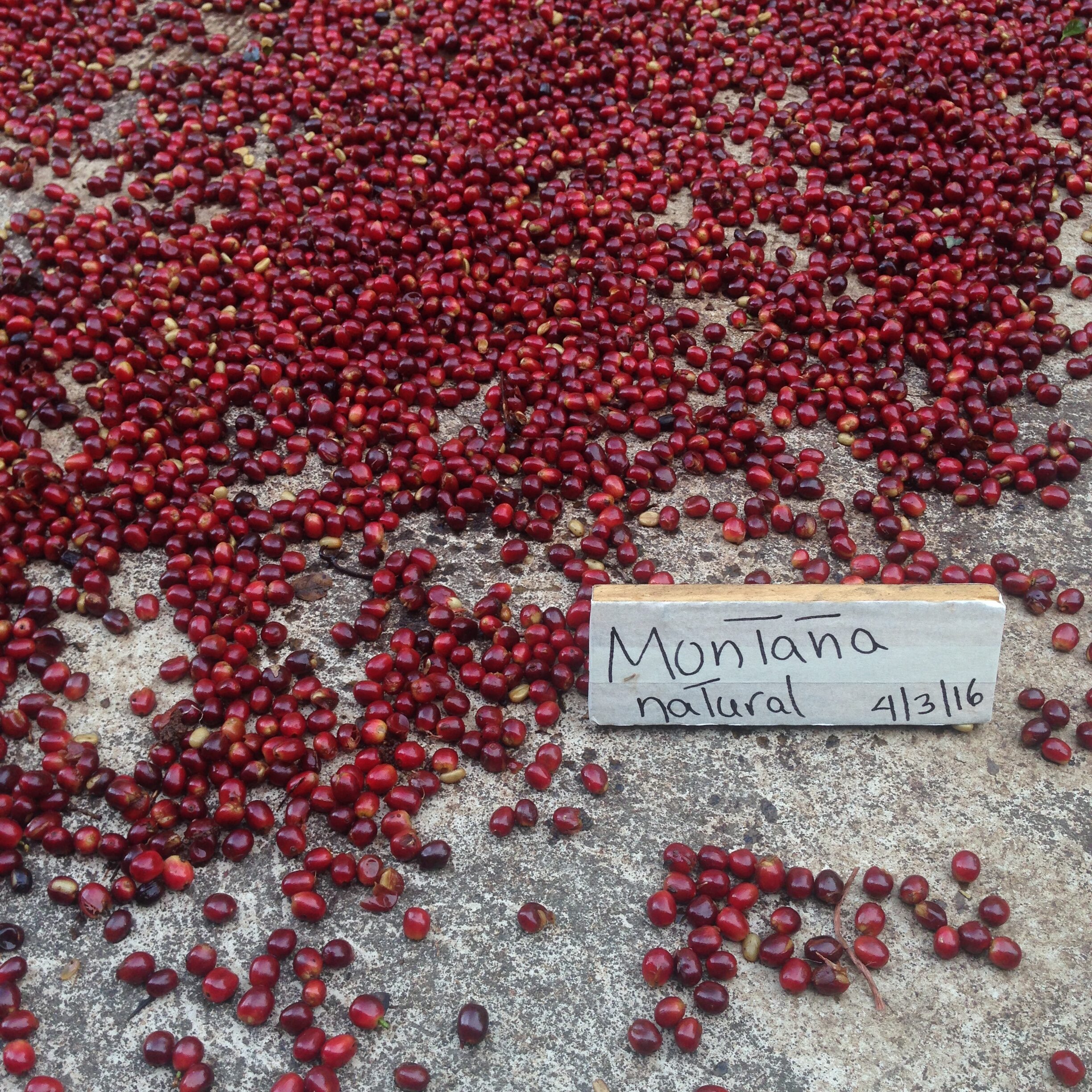
Natural coffee drying in Panama. Courtesy of Lauren Mowery.
Heat, Diseases, and Pests Expand Across the Coffee Belt
Much like wine grapes, higher temperatures accelerate coffee cherry ripening, shifting harvest dates forward and reducing photosynthesis, compromising flavor development and quality. Because Arabica grows best in cooler conditions, quality degrades as the mercury rises.
For example, Arabica can grow at 1900 feet, though it is better suited to 3200 feet or more, according to Gabriel Agrelli Moreira of Daterra Coffee in Brazil. Much like wine, coffees grown at lower elevations are the first affected as the planet warms. “In Brazil, we see many growing regions already in these conditions. Families and producers that depend on coffee in those areas are already suffering,” he says.
However, moving to higher elevation sites isn’t a solution, says Moreira. “First, there are limited numbers of volcanoes and mountains, so it is not sustainable in the long term to abandon growing areas to migrate higher and higher. And it’s unrealistic to think that producers would be able to afford new land, especially when they are already struggling where they are currently located,” he said. Deforestation and subsequent habitat loss to clear the path for more coffee farms also make this unrealistic.
In Central America, humid and wet conditions have pushed a devastating fungus called leaf rust, or roya, deep into new regions from Colombia up to Mexico. Leaf rust is believed to be responsible for as much as a 70% decrease in production.
In 2011, heavy wind and rain from Tropical Storm Agatha carried spores into Guatemala’s mountains, bringing an explosion of fungus. “I remember driving around and seeing farms without a single leaf or cherry due to rust in 2012. It was all gone. Leaves had fallen to the ground. Those farmers who lost that crop had no safety net, no subsidies, nothing,” says Howell, recalling a buying trip to the country.
Changes in climate invite new diseases and pests to thrive. For example, the life cycle of the coffee borer beetle has become faster, increasing its populations. The beetles bore into the coffee cherry to lay eggs, which hatch days later, destroying the fruit from the inside out.
While farmers could pivot from quality Arabica production to sturdier, high-volume Robusta, the suggestion is akin to Burgundy’s Pinot Noir growers switching to Marselan.
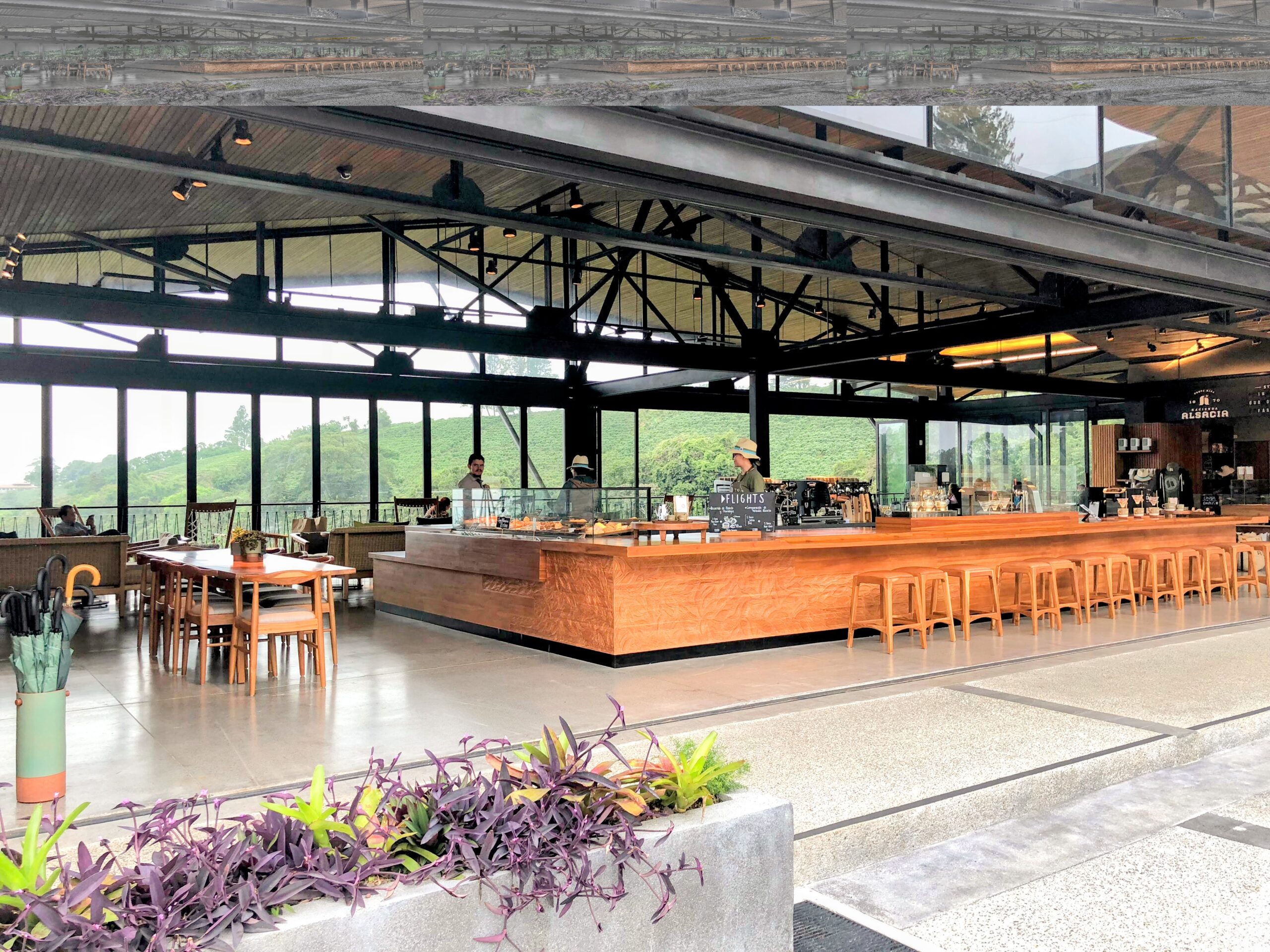
The Starbucks research center in Costa Rica. Courtesy of Lauren Mowery.
The World Coffee Research Organization Tackles an Existential Crisis
The World Coffee Research Organization (WCR) was founded in 2012 as a non-profit to study the future of the industry’s agricultural sector, with climate change now the primary motivator. Scientists believe global temperatures will continue to rise, increasing between 1.5ºC and 4.5ºC in the hottest months. Studies suggest many traditional growing regions will be out of temperature range by 2050.
Peru, for example, might resemble India by 2050, says Carguilo. “Because of these projections, research is being done on the conditions in India to inform how farms in Peru might need to transition,” she says.
According to Hanna Neuschwander, Communications Director for WCR, “most places growing coffee are already experiencing tremendous variability. And that’s what pushes a farmer out. It’s not the .1 degree gradual rise; it’s the peaks and troughs, and those are already here,”
WCR views climate change as the single biggest threat to the long-term sustainability of coffee. Therefore, research and development efforts focus on mitigation through varieties. Like the hybrids created in the wine industry to solve for yield, climate, soil, and flavor, new coffee varieties account for environmental realities. “Modern breeding is like a design process. What features do I want this chair to have? A straight back, a comfortable seat? We ask the same questions about varieties,” she says.
Unfortunately, many of the beautiful coffees modern drinkers have come to love face an uncertain future. For exaple, pure line Arabica varieties like Bourbon, and Caturra have proven weaker in the face of environmental stress than hybrids.
Hope for Hybrids
Starmaya. Centroamericano. H1. Serious coffee drinkers should learn these names, as many in the industry now tout these as the coffees of the future.
Through the Innovea Global Coffee Breeding Network, the WCR hopes to release a pipeline of seed-stable varieties worldwide. As many as 100 new varieties may be released by 2030.
New varieties prove more vigorous in the face of weather extremes and diseases. To save the industry, they must also be economically viable for farmers while tasting delicious to consumers.
The hybrids generating the most excitement fall in the F1 group or First Generation. They’re not widely seen in consumer coffee yet since the first experimental group was planted around ten years ago. However, the F1s have moved into pre-commercial trials with the goal of identifying four options to share worldwide based on regional growing conditions. Trials, which will run another six years to gauge their impact, take time. The WCR can’t risk putting problematic plant material into the world.
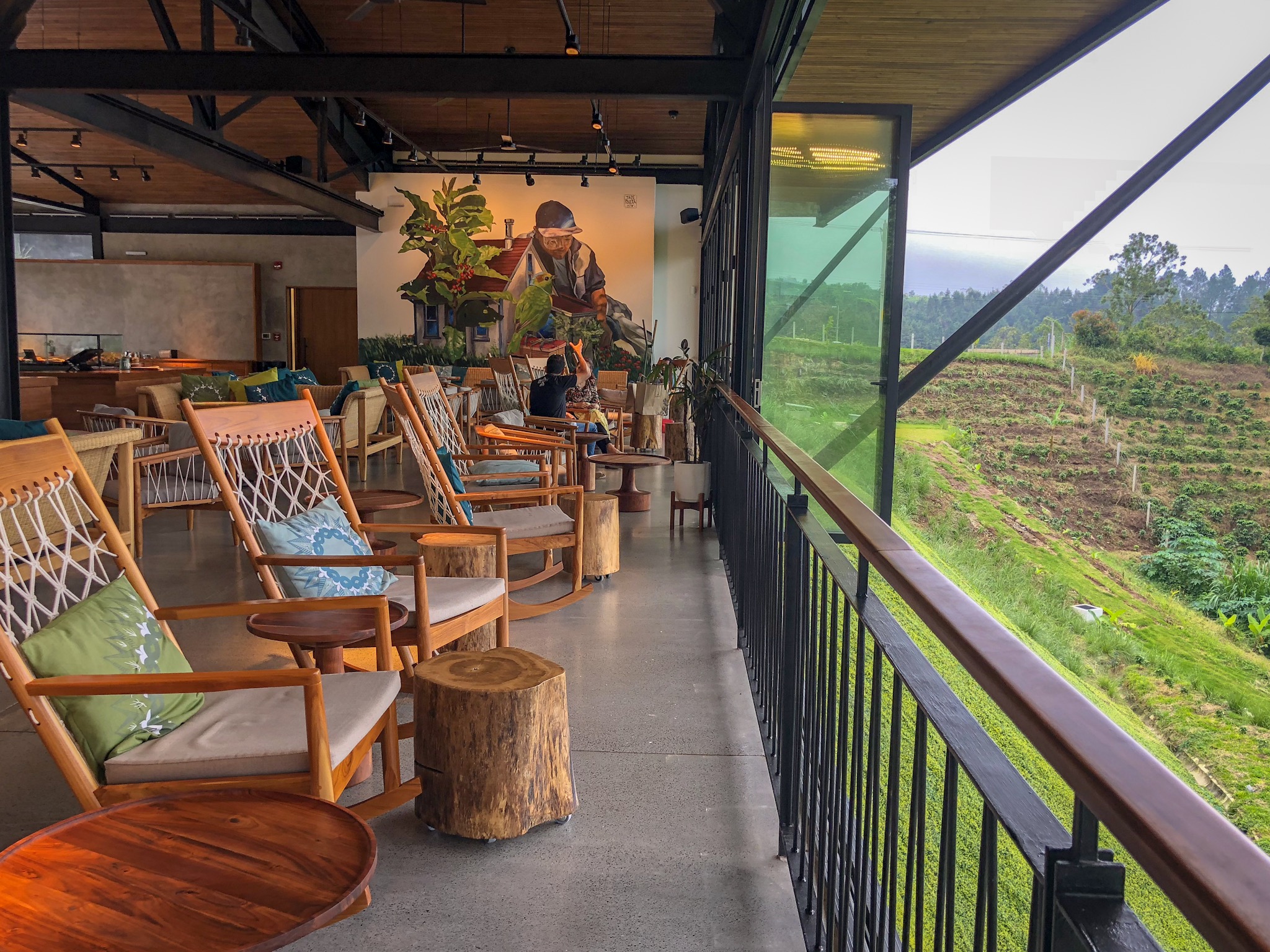
Custom Caption For This Image
Bridging the Gap Through Agroforestry, Adaptive Farming, and Soil Carbon Sequestration
Unfortunately, a one-size-fits-all panacea to mitigating climate change doesn’t exist. Every farmer must adjust their practices based on knowledge, resources, and stamina. While waiting for hybrids, alternative techniques must be explored, especially to address another looming problem: soil degradation.
“About 25% of the planet’s soil has already been degraded. Every year, 12 million hectares of productive topsoil disappear through desertification. The UN FAO calculates that we have only about 60 years of harvests left,” says Moreira. The WCR estimates that lands suitable for coffee production will decrease by half by 2050.
“This isn’t about the risk to one specific coffee growing region, but coffee production worldwide,” Moreira said.
To study this vital resource, Daterra launched Bioterra Academy, a research lab examining soil health and the use of “carbon farming” as a tool to fight climate change. A healthy soil retains water, prevents plant disease, cycles nutrients, fixes nitrogen, and can sequester carbon.
Raul Perez is a fourth-generation coffee farmer in Acatenango, Guatemala. The beans from his farm La Soledad, frequently end up in the hands of America’s best roasters, from Howell to Intelligentsia.
Through agroforestry experiments and adaptive farming techniques, Perez has reduced myriad perils by using shade trees, which keep plants cool while offering frost protection and eschewing herbicides, which help grass preserve soil moisture and prevent erosion. Grafting Arabica to Robusta roots, a common technique in wine, helps with drought and heat resistance.
American Businesses Must Invest at the Source and Commit to Transparency
Promising tools like farming strategies and hybrids are only as good as their reach. Most smallholder farmers can’t afford to renovate their fields, and many live in remote areas without access to research or financial aid. Country-specific coffee associations like ANA Café in Guatemala and the Federación Nacional de Cafeteros (FNC), along with non-governmental organizations and private donors, provide varying degrees of assistance, but business must be integral to the solution.
Companies like Counter Culture make an impact through selective sourcing. For example, it purchases coffees from 20 counties but generally avoids Brazil or Vietnam. While there are exceptions to the rule, most Brazilian coffee is farmed conventionally, which means in flat, clear-cut fields with extensive chemical inputs and diesel-operated harvest machinery. “The farming systems in these places are not environmentally aligned with Counter Culture’s ethos,” says Carguilo.
Counter Culture has committed to full traceability and publishes an annual transparency report. The company’s value add is that it works with small landholders, cooperatives, and a variety of different players with whom it’s established long-term relationships of 5 years or more. Counter Culture pays higher premiums than the commercial market and even over the specialty market. The company also offers sustainability support funds to which growers can apply.
“I’m not the first person to coin this, but it’s been said that Arabica coffee can be an environmental villain or an environmental hero.” Yet, many growers work in eco-friendly and holistic ways. “Coffee does best in an agroforestry system; it loves shade in a forest under a tree,” she says, pointing out that a lot of coffee can be grown with minimal impact, especially in mountains and forests where mechanization isn’t possible. “In some systems, coffee sequesters more carbon than the process emits,” she says.
“The message I want consumers to hear is that you don’t have to feel bad about drinking coffee or that you’re contributing to the end of the world. There is a sustainable model. The question for the industry is how to incentivize the agroforestry system over the Brazilian or Vietnamese conventional systems,” she says.
Because most coffees grow in under-resourced countries, few regions have had the economic support and high-level organization for a collective rallying cry around the transition to sustainable practices in the way wine regions like Sonoma or New Zealand have. Consequently, the best tip for consumers looking to support eco-friendly, ethical growers is to buy from reputable roasters rather than by origin.
Saving coffee will take strategy, time, and a willingness by consumers to accept new flavors, but hope is on the horizon.
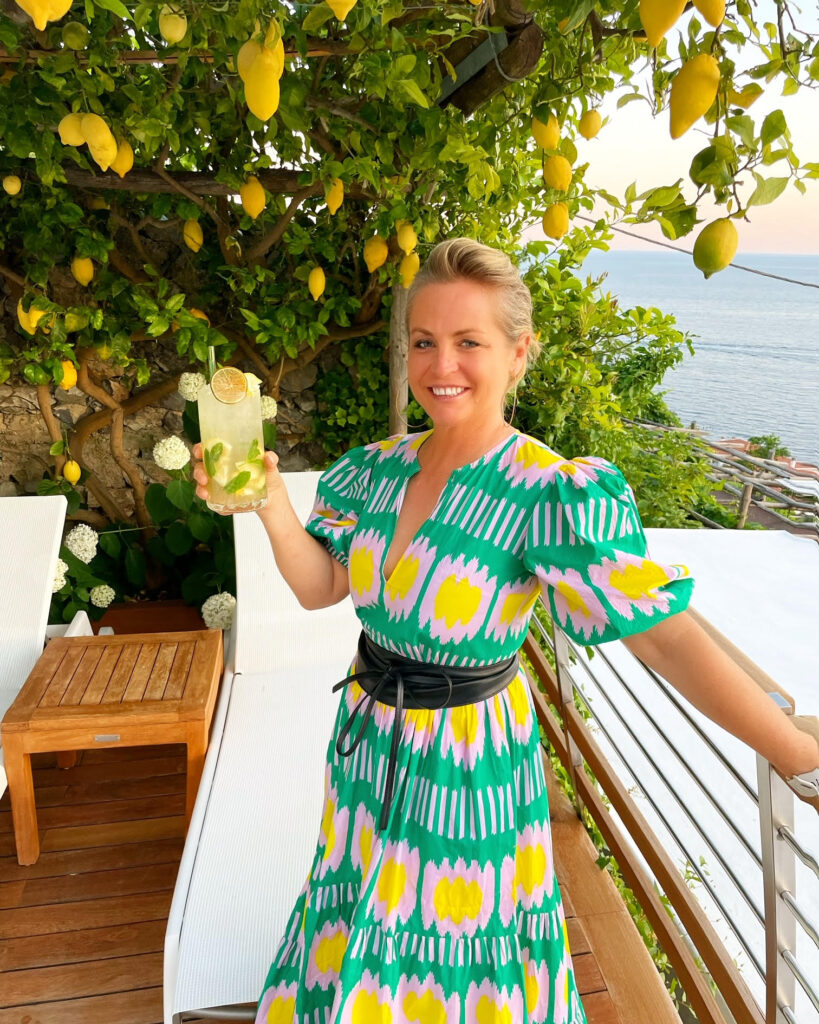
Founder and CEO of Azure Road, Lauren Mowery is a longtime wine, food, and travel writer. Mowery continues to serve on Decanter Magazine’s 12-strong US editorial team. Prior to joining Decanter, she spent five years as the travel editor at Wine Enthusiast. Mowery has earned accolades for her writing and photography, having contributed travel, drinks, food, and sustainability content to publications like Food & Wine, Forbes, Afar, The Independent, Saveur, Hemispheres, U.S. News & World Report, SCUBA Diving, Plate, Chef & Restaurant, Hotels Above Par, AAA, Fodors.com, Lonely Planet, USA Today, Men’s Journal, and Time Out, among others.
Pursuing her Master of Wine certification, she has also been a regular wine and spirits writer for Tasting Panel, Somm Journal, VinePair, Punch, and SevenFifty Daily. Mowery is a graduate of the University of Virginia and Fordham Law School, and she completed two wine harvests in South Africa.
Follow her on Instagram @AzureRoad and TikTok @AzureRoad


